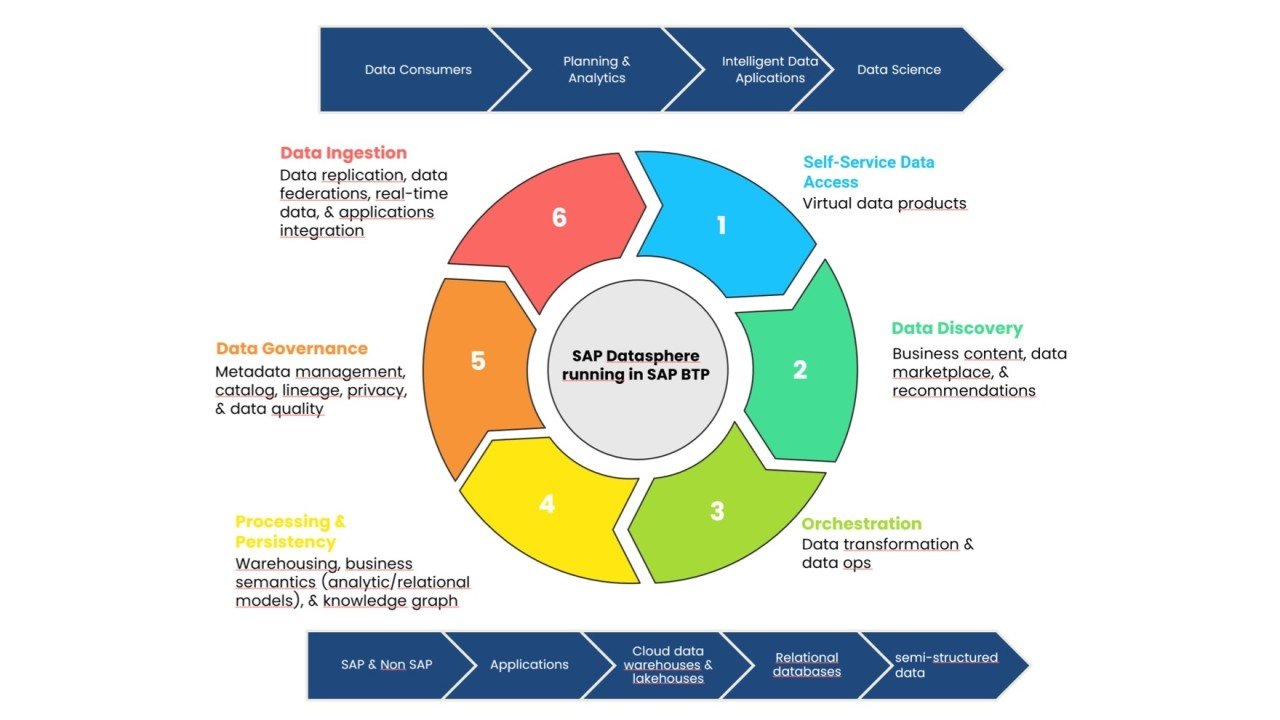Digital transformation has become indispensable for companies seeking a competitive edge and sustainable growth. Yet, while most digital transformation initiatives focus solely on technology, the true differentiator is often overlooked: people and organisational culture. In SAP projects especially, placing the human factor and change management at the heart of the process is critical to achieving lasting success.
The Role of People and Culture in SAP Projects
An SAP project is far more than the implementation of new software. It fundamentally reshapes how a company operates, makes decisions, and even its underlying culture. For example, a finance team accustomed to manual processes will experience significant changes in both workflows and daily habits when moving to automation with SAP. At this stage, it is natural for some resistance to change to emerge.
A Real-World Example
During an SAP S/4HANA migration at a manufacturing company, employees initially struggled to adapt to the new system, resulting in a temporary dip in productivity. However, through a structured change management approach—regular training sessions, open communication forums, and the appointment of “change champions”—the company ensured active employee engagement. Within a few months, both system adoption and employee satisfaction had improved markedly.
Three Key Strategies for Successful Change Management
- The Power of Leadership and Vision
The support and vision of senior management are the most important factors in sustaining change during digital transformation projects. Leaders must clearly articulate why change is necessary and what it means for the future of the business, inspiring their teams throughout the journey.
Example:
At an energy company, the CEO sent an open letter to all employees each month, explaining how the SAP project aligned with the company’s growth objectives. This transparent communication boosted motivation and belief in the project across the workforce.
2. Effective and Transparent Communication
Communication during change is not just about sharing information; it is also about understanding employees’ feelings and concerns. Frequently asked questions should be addressed, feedback mechanisms established, and employees’ views on the process should be gathered regularly.
Example:
A retail company held weekly “open door” meetings during its SAP rollout. Employees could raise questions directly with the project team, which helped to minimise misunderstandings and rumours.
3. Training, Engagement, and Change Champions
Comprehensive, hands-on training accelerates adoption of change in SAP projects. Additionally, appointing “change champions” from different departments provides peer support and acts as a bridge between management and staff.
Example:
In a large holding company, each department nominated a “change champion” for the SAP project. These individuals played an active role in training and relayed questions from their teams to the project group. As a result, the change process progressed much more quickly and smoothly.
Outcomes of a People-Centred Transformation
- Higher Adoption Rates: Employees adapt to new systems more rapidly.
- Increased Productivity: Automation and new processes enable more efficient use of human resources.
- Positive Shift in Organisational Culture: Open communication and engagement foster greater employee commitment.
- Sustainable Success: When investment in technology is combined with a focus on people, long-term success follows.
Conclusion
In digital transformation, the human factor is as strategically important as technology itself. Organisations that place change management at the centre of their SAP projects do not simply implement new software-they build a more agile, efficient, and innovative organisational culture.
True transformation begins and grows with people. At Notium, we’re here to help you take these processes even further. Get in touch with Notium to learn more and see how we can grow together.





